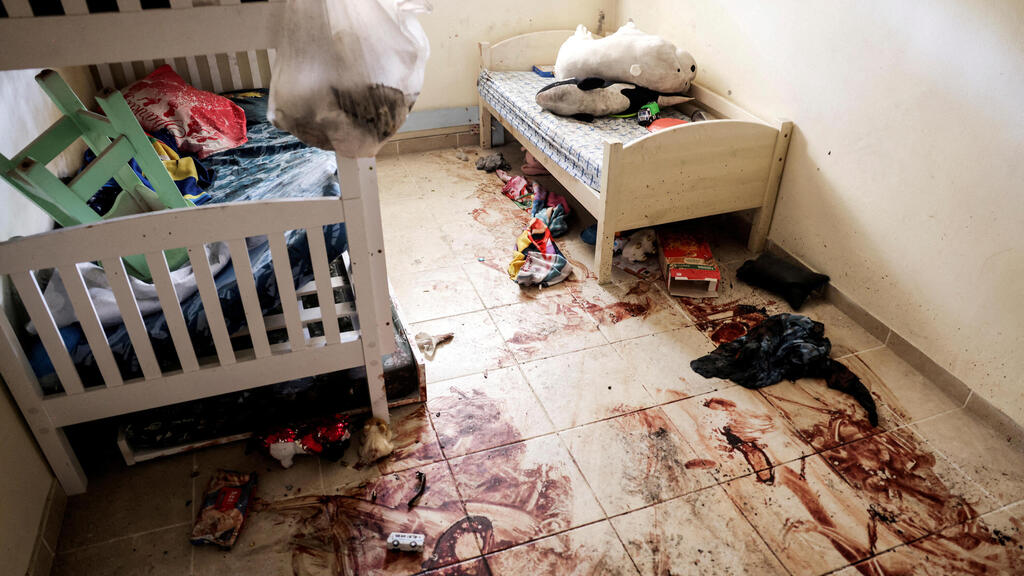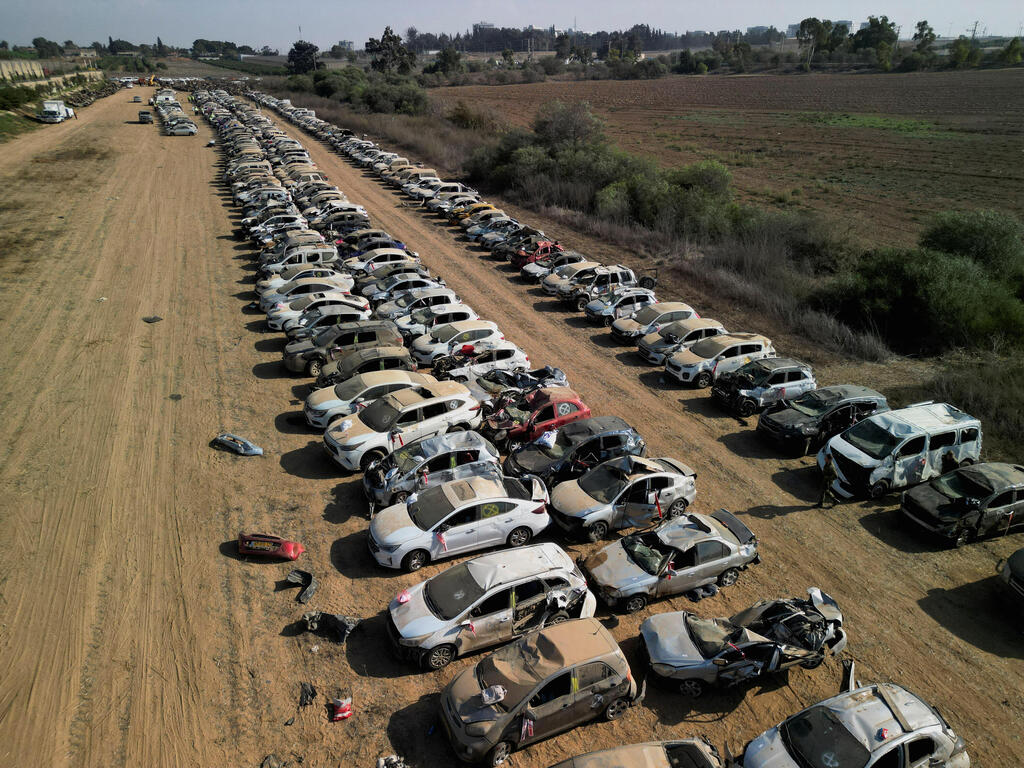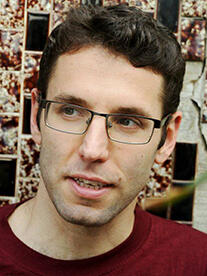As Israeli author Noa Yedlin pointed out on the pages of Rolling Stone, we no longer ask "how are you." Instead, in our dazed shock, we have found a new question to gauge one another’s wellbeing: Have you seen it? We need not elaborate; "it" is intuitively understood to be the raw 47-minute-long footage of the atrocities that Hamas terrorists carried out in the massacre on October 7.
Tales of tumult: Israeli authors decode war
- Your prisoner is only a baby: a letter to the jailer/ Sagit Emmet
- A call: Help release the Israeli captives/ Yishai Sarid
- October 7 2023, a day that will live in infamy/ Noa Menhaim
In the hours or days that followed (we can’t quite tell the difference; our sense of time has morphed into an unending continuum), our social media feeds were flooded with warnings from mental health experts: Reduce your exposure or avoid "it" altogether, if you can. Trigger warnings, once employed half ironically mocking American students and their safe spaces, have become a basic need and a courtesy.
2 View gallery


The massacre committed by Hamas terrorists on October 7 in Kibbutz Be'eri
(Photo: Reuters/Ronen Zvulun)
But as more details of the slaughter emerged, the discourse has shifted: We ought to see it. We owe it to the victims; we owe it to the world; we owe it to ourselves. If art, at its best, shows us what it means to be human, reality, at its worst, has now brutally expanded the scope of our human experience.
It is little surprise, then, that watching leaves people changed. Knesset members have left the assembly in tears; foreign correspondents are shattered; our feeds are now filled with transformed Israelis who, since seeing it, have lost sleep, altered their political views, and vowed to never forget. “I did precisely what we were told not to do… and seeing it has changed me forever, instantly and irrevocably,” wrote Roni Gelbfish, a one-time peace activist. “I have entered the room one person and left another,” said Zvi Sukkot, probably the most extreme member of parliament.
1300+ KILLED BY HAMAS IN TERROR ATTACKS
(ILTV)
Seeing can be so potent as to deal a fatal blow. This idea is deeply rooted in our consciousness, informing our ancient stories. When Orpheus descends to the underworld to save his beloved Eurydice, his only task is not to look back at her. But, “fearing that she was weakening, and greedy to see / Out of love he turned back his eyes.” The fate of our beloved ones has been decided, but we share Orpheus’s compulsion, a self-destructive impulse, mimicking—out of guilt—the literal destruction that befell our people on October 7.
2 View gallery


Burnt and destroyed vehicles from the Re'im Nova Music Festival following the Hamas terror attack, in which over 270 partygoers were murdered
(Photo: Reuters/Amir Cohen)
Orpheus’s tale is not quite an adequate example, immersed as it is in harmony and flute. A better and closer-to-home analogy might be the biblical Lot’s wife. Having escaped the burning cities of Sodom and Gomorrah, she disobeyed the angels, looked back while running away, and transformed into a pillar of salt. Over the years Jewish sages debated if her disobedience of the angels’ decree was driven by sheer greed that didn’t allow her to tear her eyes from her wealth as it burned to ashes, or by compassion for her daughters. Either way, her predicament rings true. In the face of the unthinkable, we, too, are left petrified in the salt of our tears.
 Jonathan FinePhoto: Moti Kikayon
Jonathan FinePhoto: Moti KikayonOne thing sets us apart from both mythologies. Orpheus and Lot’s wife looked back, which turned their myths into parables of coping with or letting go of one’s past. But for us, the raw footage is anything but a sealed event fixed in time and space. It is our permanent present, hovering over and in our heads with bursts of gore as we look at our children and elderly. And, in a far more concrete sense, it is also our foreseeable future. The sheer brutality captured and celebrated by Hamas terrorists is what sets this war apart from previous conflict “cycles”. As our tanks and infantry plow into the Gaza strip, Houthis launch rockets at our southern border from Yemen, and tension flares with Hezbollah in the north, “it” spells a bleak and seemingly inescapable future.
- Jonathan Fine is an Israeli writer and translator. His work has appeared in Joyland Magazine, Tel Aviv Review of Books, The Short Story Project, and more.
Tales of tumult: Israeli authors decode war
- I feel like the person in 'The Scream' painting/ Ricki Cohen
- War and pogroms: From 2023 to 1903 in just one day/ Dorit Silverman




